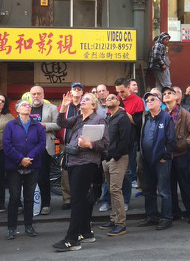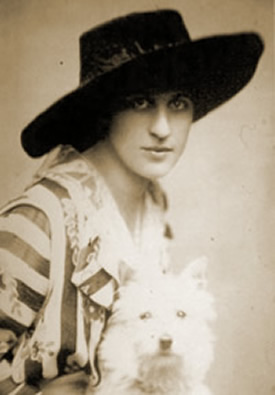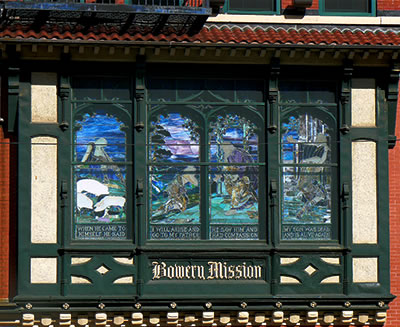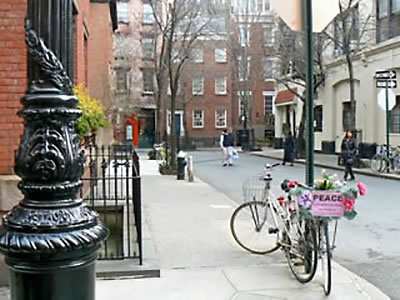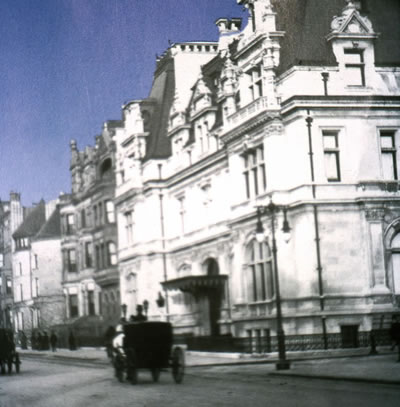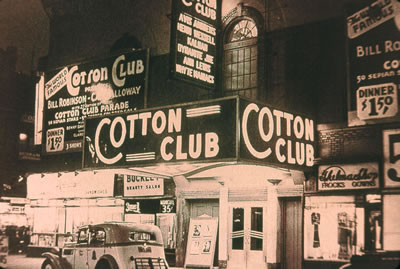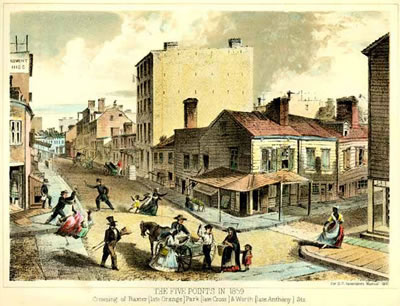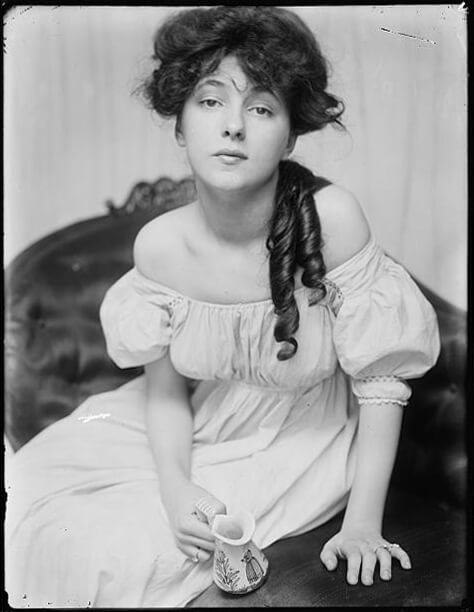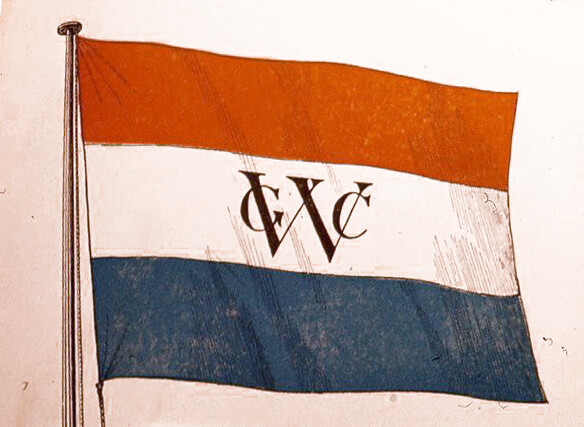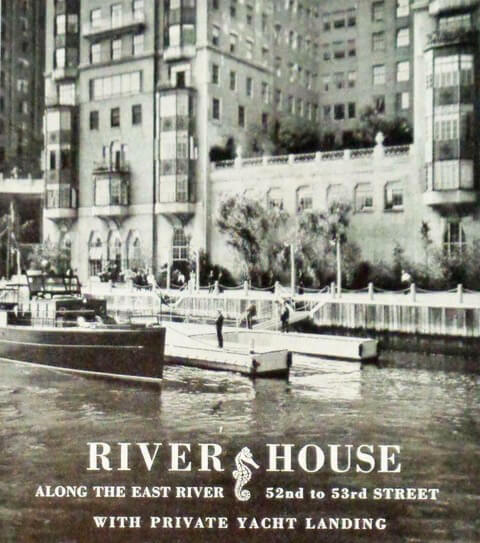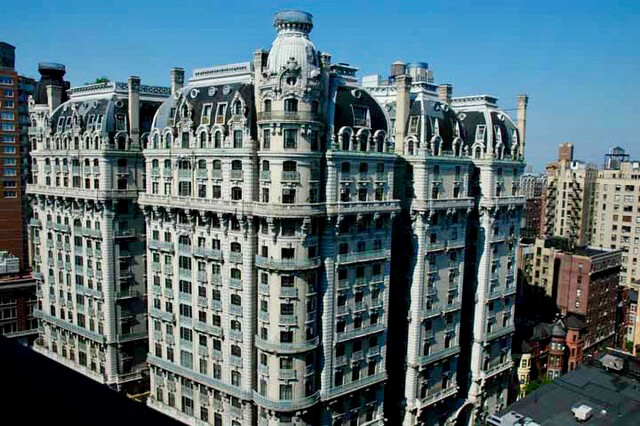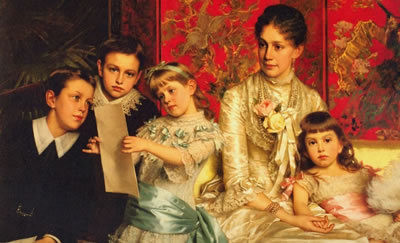
March 24 SUNDAY 1 to 3 PM
THE GILDED AGE — GRANDIOSE YEARNINGS FROM UNTAXED EARNINGS
MEET: E. 78th St. & Madison Ave., southwest corner at 38 E. 78th St.
Rivalry between "old money" & "new money" filled the gossip pages of the
Gilded Age newspapers. Old money dated from Dutch & British colonial times;
new money flowed from the industrialization beginning with the Civil War.
The HBO series "The Gilded Age" presents a "new money" family - the Russells - and their disruptive attacks on "old money" Society. Joining this tour you will learn whom the Russells portray.
Between 78th Street and 86th Street, Fifth Avenue still has a concentration
of formidable Gilded Age mansions. The industrial age moguls who built
these city chateaux were vying to outdo one another & flaunting their
wealth & worthiness for all to see. Women of the new-monied class competed
for social standing with clothing, parties, and aristocratic connections.
Highlights of the tour:
• Vanderbilts, Astors, and Guggenheims
• "Poor little rich girl"
• Architectural masterpieces by C.P.H.Gilbert, Stanford White and Richard Morris Hunt
• "Dollar princesses"
• The Age of Shoddy
• H.M.S. Titanic

